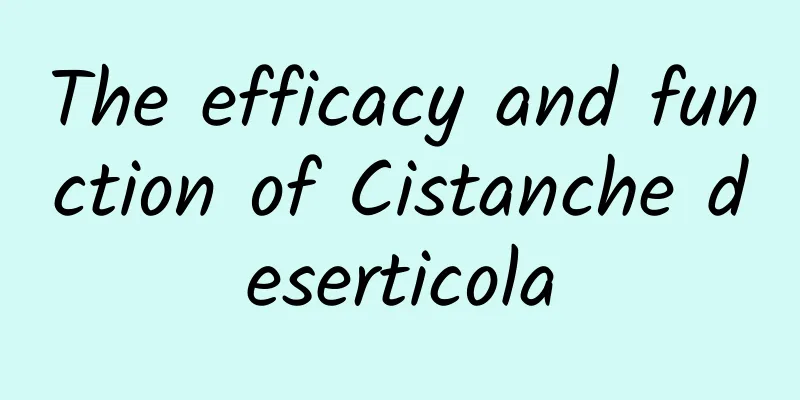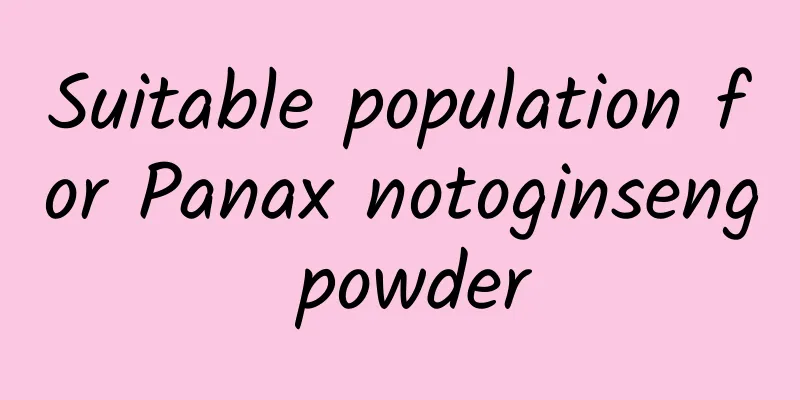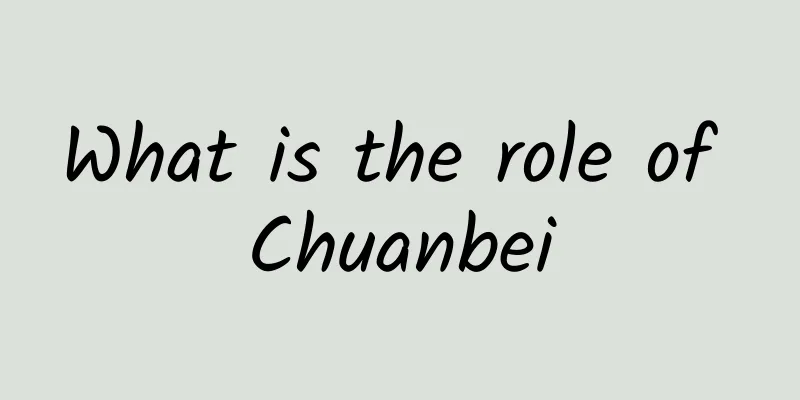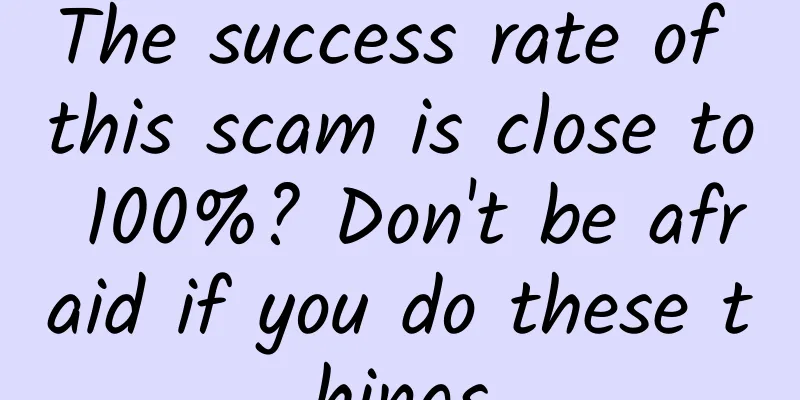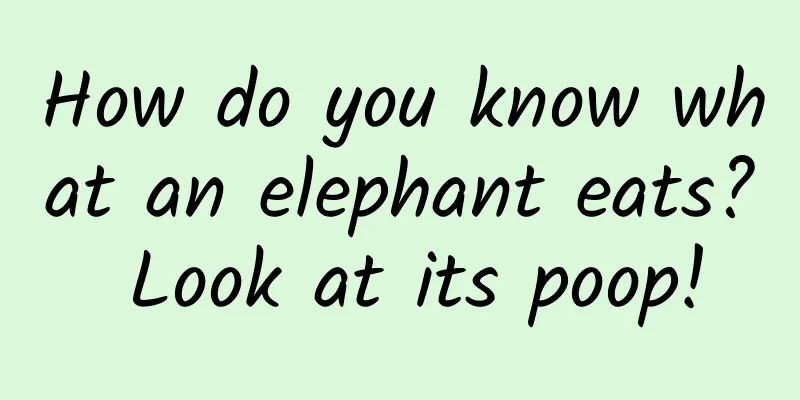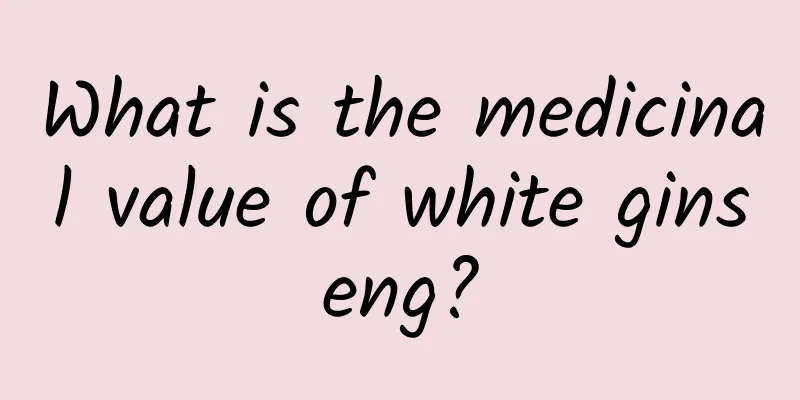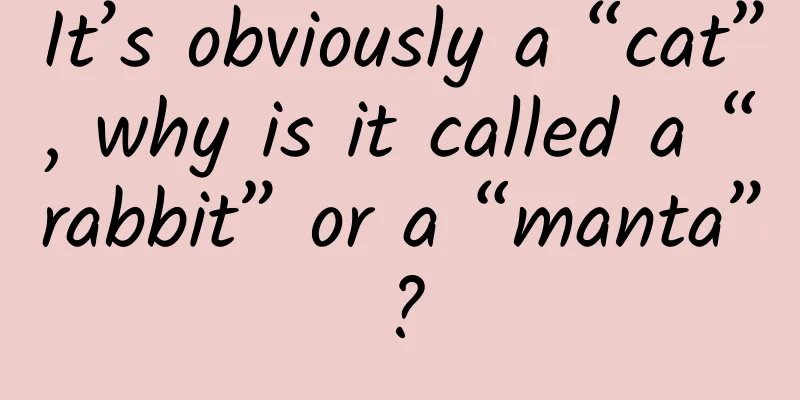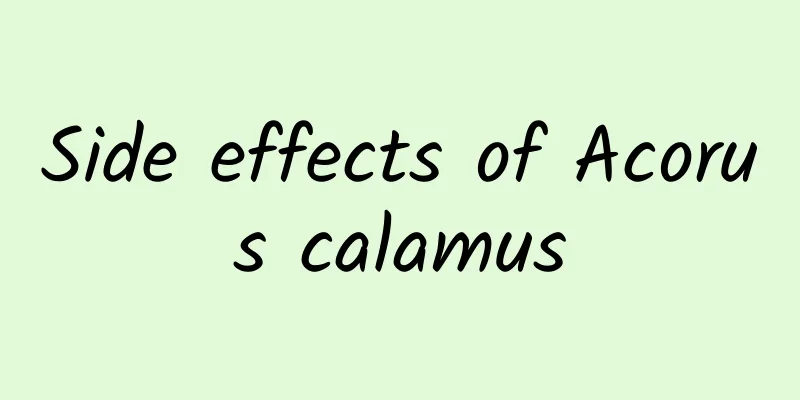A 21-year-old college student uncovered the mystery of an ancient scroll from 2,000 years ago: using AI to reproduce the "lost" text
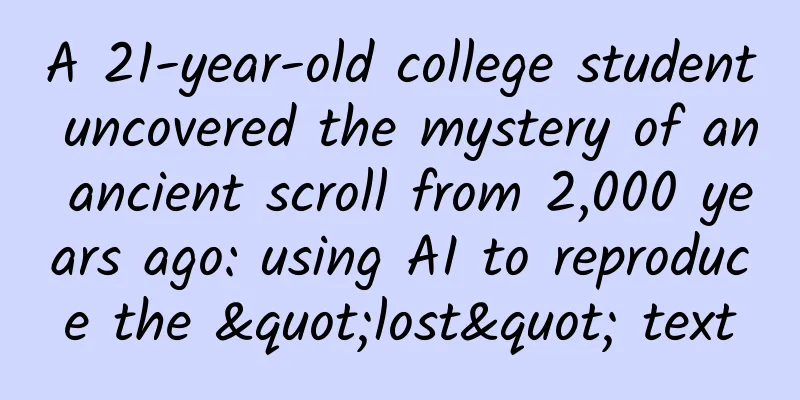
|
The ancient scroll text that "disappeared" more than 2,000 years ago has now been reproduced by AI. Recently, a 21-year-old computer science student used artificial intelligence (AI) technology to discover the first word in an unopened Herculaneum scroll. Luke Farritor of the University of Nebraska-Lincoln has developed a machine learning algorithm that can detect Greek letters on rolled papyrus, including πορphiυρας (porphyras), which means "purple." By using subtle, small-scale differences in surface texture to train a neural network and highlight the ink, Luke was able to successfully decipher and read more than 10 characters within a 4-square-centimeter area, winning the $40,000 First Letters grand prize. Figure|Luke Farritor's first submission “When I saw the first image, I was shocked that I could actually see something from the inside of the scroll,” says Federica Nicolardi, a papyrologist at the University of Naples in Italy and a member of the academic committee that reviewed Farritor’s work. The Herculaneum Scrolls are ancient scrolls from a private library near Pompeii that were buried and carbonized by the eruption of Mount Vesuvius in 79 AD. For nearly 2,000 years, the only surviving ancient library lay buried under 20 meters of volcanic mud. They were excavated in the 18th century and, although they have been preserved to some extent, they are very fragile and will turn to dust if not handled properly . How do you read a scroll that you can't open? For hundreds of years, this question remained unanswered. In 2019, Professor Brent Seales of the University of Kentucky’s EduceLab imaged the Herculaneum Scrolls in a particle accelerator, generating 3D CT scans with resolutions up to 4 µm. His team also scanned and photographed detached scroll fragments with visible ink, providing a ground truth dataset. Professor Seales’ graduate student Stephen Parsons worked on using machine learning models to detect ink from CT scans and was successful on detached fragments. This success caught the attention of tech entrepreneurs Nat Friedman and Daniel Gross, who launched the Vesuvius Challenge to accelerate progress. They launched a public competition in March 2023 that, in addition to a $700,000 grand prize, also offers several smaller prizes for the development of open source tools and technologies. Later, a small group of researchers began mapping the scroll’s 3D structure using tools originally built by EduceLab and refined by the community. By July of this year, hundreds of square centimeters of the scroll had been cut up and “almost flattened.” In early August, former JPL startup founder Casey Handmer wrote a blog post about discovering a "crack pattern" that looked like ink. Casey was the first person in 2,000 years to find ink and a letter inside an unopened scroll. Figure | Annotations showing ink positions (Source: Casey’s blog post) Luke Farritor, a college student and summer intern at SpaceX, heard about the Vesuvius Challenge from Dwarkesh Patel's podcast interview with Nat. The crack patterns he saw in Casey were discussed in Discord, and he began training a machine learning model on the crack patterns late at night. With each new crack discovered, the model improved, and more cracks could be displayed on the scroll. Luke found dozens of ink strokes, as well as some complete letters, that could be labeled and used as training data. Before long, the scroll showed signs of cracks that were invisible to the naked eye. Soon, these began to form hints of letters and actual words. Meanwhile, another competitor, Youssef Nader, an Egyptian biorobotics graduate student in Berlin, took a different approach. Inspired by Casey and Luke’s findings, he sifted through the winning entries of the Ink Detection Prize on Kaggle, which focused on improving Stephen Parsons’ machine learning methods in separating fragments. He adapted these models to scrolls using a domain transfer technique: unsupervised pre-training on scroll data, then fine-tuning on fragment labels. He submitted the idea for the Ink Detection Followup Prize and won a small prize. A few weeks later, Youssef submitted his own work to the First Letter Prize. He saw the early results that Luke shared on Twitter and Discord and decided to focus on the same area in the scroll. Figure|Youssef Nader's final submission Although Casey's manual crack-finding method was not relied upon at all, he was able to find some letters using a modified model from a Kaggle competition. He then annotated what looked like letter shapes in the labeled data. The segmentation teams and contestants continue to make progress, and a few days ago Youssef's model produced a new image of astonishing clarity and size (shown below). Thea Sommerschield, an ancient Greek and Roman historian at Ca' Foscari University in Venice, explained to Nature that the discovery could "revolutionize our understanding of ancient history and literature." Reference Links: https://www.nature.com/articles/d41586-023-03212-1 https://scrollprize.org/firstletters https://people.com/21-year-old-wins-usd40k-after-using-ai-to-read-first-word-on-2-000-year-old-papyrus-scroll-8358107 Author: Yan Yimi Editor: Academic |
<<: World Food Day | These foods you often eat grow in the ground. Do you still recognize them?
Recommend
China-Laos Railway fully opened for operation
December 3 Connecting Kunming and Vientiane The w...
"Thriller Reveler"! Why do we love and fear horror movies?
Horror movies are one of the most enduring film g...
The efficacy and function of Sedum
There are many types of Chinese medicine. When we...
Look! Here is a group of "sponge sheep" that can photosynthesize
When exploring the world of marine life, most peo...
The efficacy and function of Usnea
Usnea mainly has the function of clearing the liv...
The efficacy and function of bumblebee
Friends who don’t know wild bees will not underst...
What are the effects of the traditional Chinese medicine white Poria cocos
White Poria cocos is beneficial to the spleen and...
Is it healthier not to order takeout? Wrong! If you have these 7 bad cooking habits, it will hurt your body more than eating takeout
When it comes to ordering takeout Many people fee...
The efficacy and function of silver edge jade
I don’t know if you are familiar with silver-edge...
What are the effects of Bacopa monnieri extract?
Bacopa monnieri extract is a kind of plant and ca...
What are the effects and functions of the traditional Chinese medicine Stephania tetrandra?
Stephania tetrandra is a traditional Chinese medi...
Strange quasi-periodic flashes were found in the Sagittarius A black hole, flashing once every 30 minutes
Astronomers using the Atacama Large Millimeter/su...
The efficacy and function of pepper leaves
Sichuan pepper leaves of course refer to the leav...
The efficacy and function of Potamogeton root
Do you know the root of Potamogeton kaki? It is a...


